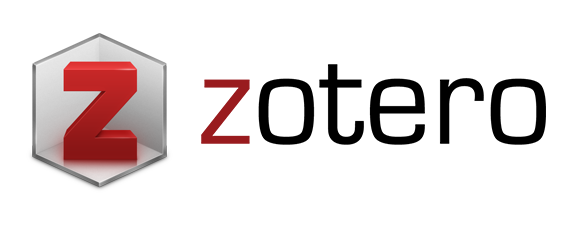NEW SUBMISSION |
AUTHOR GUIDELINES |
FOCUS AND SCOPE |
PEER REVIEW PROCESS |
PUBLICATION ETHICS |
STATEMENT OF ETHICS |
ARTICLE TEMPLATE |
INDEXED BY |
REFERENCE TOOLS |
WRITING TOOLS |
PLAGIARISM TOOLS |
STATS COUNTER |
Plagiarism Prevention Policies
Jurnal Studium Biblicum has a zero-tolerance attitude for plagiarism and thus established the following policy outlining precise measures to be taken when plagiarism is discovered in manuscripts submitted to this journal.
According to ScienceDirect, Plagiarism is defined as “the appropriation of another person’s ideas, processes, results, or words without giving appropriate credit.”
Papers submitted must be original, unpublished, and not currently under consideration for publication elsewhere. Any information copied verbatim from another source must be recognized as distinct from the current original text by (1) indentation, (2) quotation marks, and (3) source identification.
Any text that exceeds fair use standards (defined as more than two sentences or the equivalent thereof) or any graphic material reproduced from another source requires permission from the copyright holder and, if possible, the original author(s) and recognition of the source, i.e., previous publications.
Turnitin Originality Check will be used to verify the similarity index of all submitted manuscripts. The editor evaluates whether or not there is potential plagiarism. The editorial board will take the following steps:
1. If the Similarity Index is greater than 35%, the manuscript is declined. Due to inadequate citation or paraphrasing, the manuscript is rejected outright, and no resubmission is accepted.
2. If the Similarity Index is between 26% to 35%, the manuscript is sent back to the author for revision.
3. If the Similarity Index is less than 25%, the manuscript is accepted to be reviewed. In this case, citation improvement is still required.
In second or third situations, the author should carefully revise the manuscript, add necessary citations, and paraphrase outsourced content appropriately.
The above guidelines also apply to content taken from other publications by the same author. Suppose an author utilizes previously published texts or figures. In that case, the matching paragraphs or figures should be identified, and the earlier publications should be referenced.







